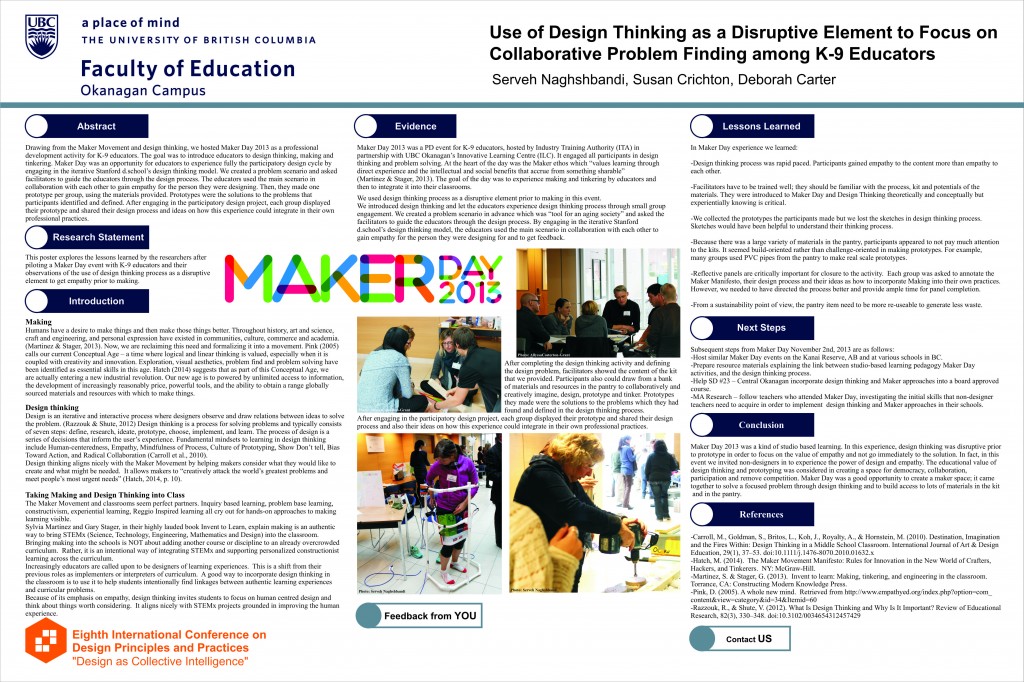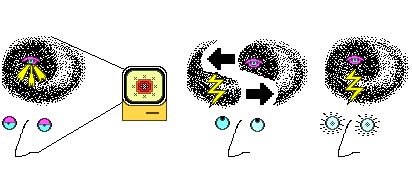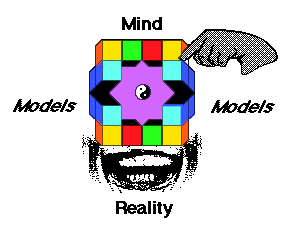“Here are a few other tools for getting into a “making” mindset:
Bitstrips. Adeline reviews the completely addictive Bitstrips, which offers basic formats for types of panel-based storytelling and simple art for adding characters, backgrounds, and scenes to your comic. Check out Nick Sousanis’ hand-drawn comic dissertation for inspiration.
3D Printing. Jason gave his first impressions of 3D printing, a form of powerful and flexible making that may one day replace Lego in movie metaphors. If you don’t have one at your university, look for a Makerspace in your city.
Imagequilts. Natalie reviewed this new Chrome browser extension which has great potential as a way to pull together data sets or look for patterns. If you want to see where this type of thinking about images can lead, check out the recent self-portrait investigation project Selfiecity.
Twine. Currently my favorite platform for interactive text, Twine is a great tool for easily building choice-based games. Check out Impostor Syndrome by Georgiana Bourbonnais for an example of how powerful Twine can be.
“
http://chronicle.com/blogs/profhacker/lego-and-making-things/55829?cid=wc&utm_source=wc&utm_medium=en




